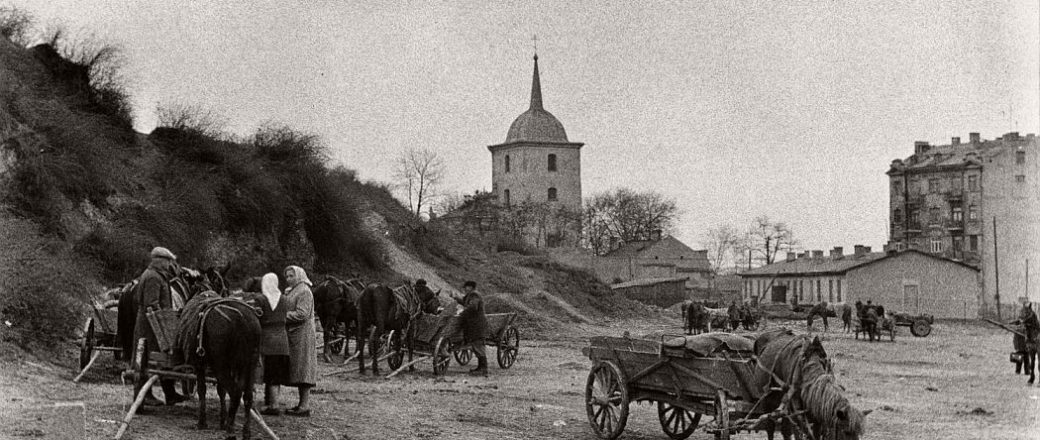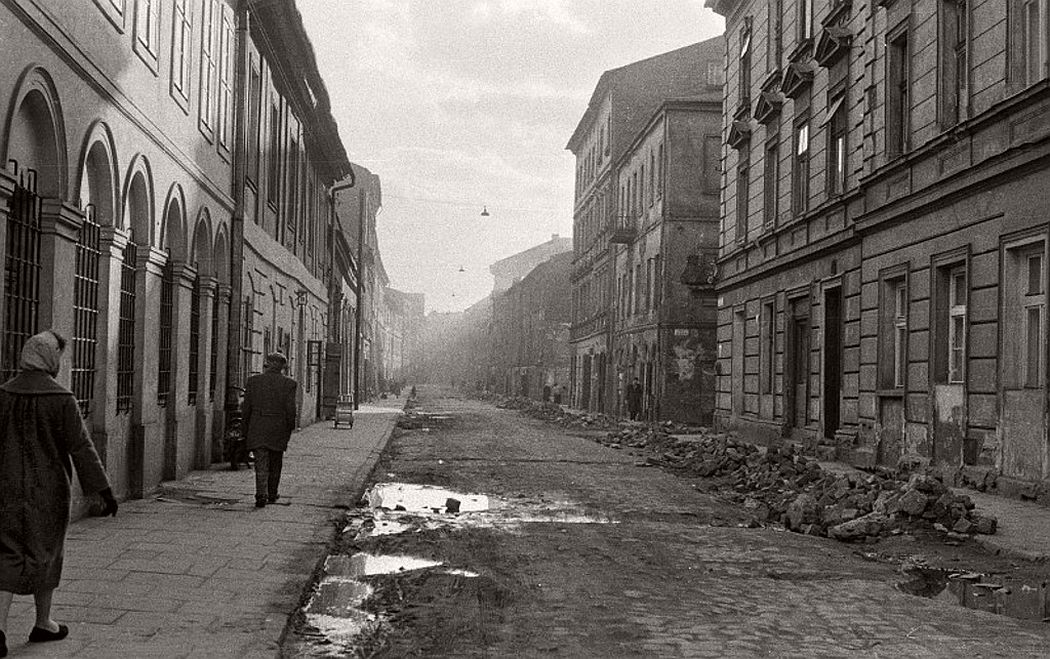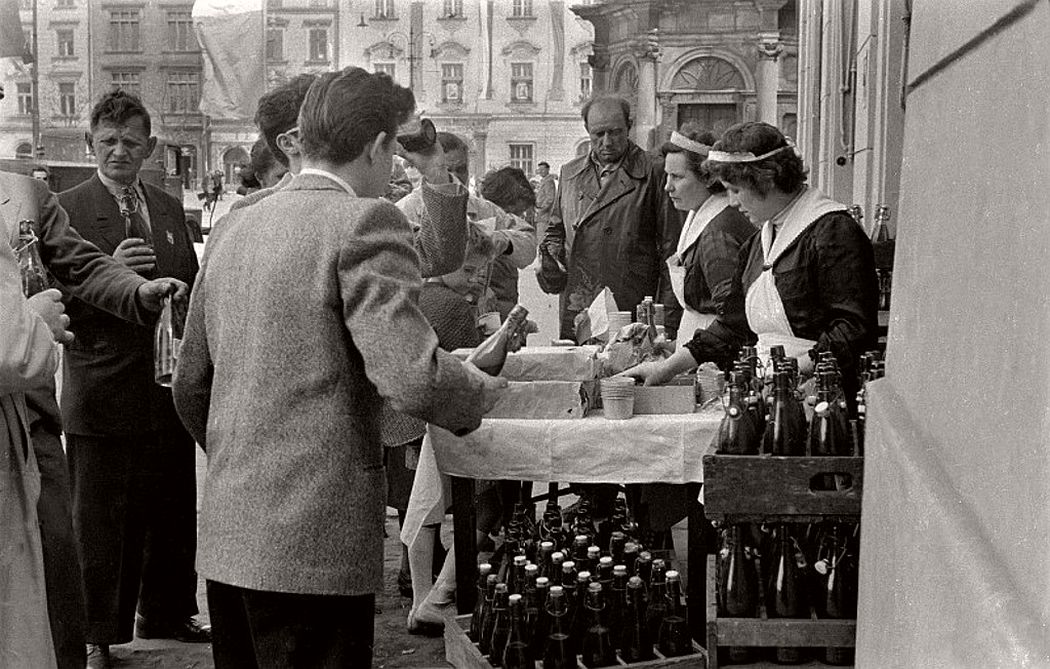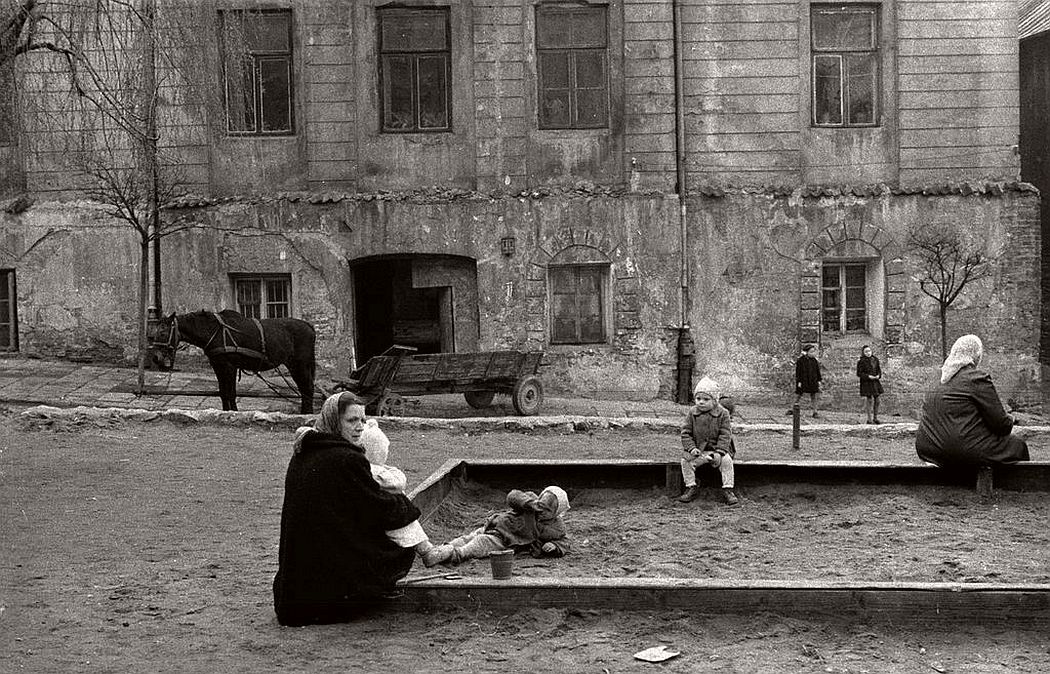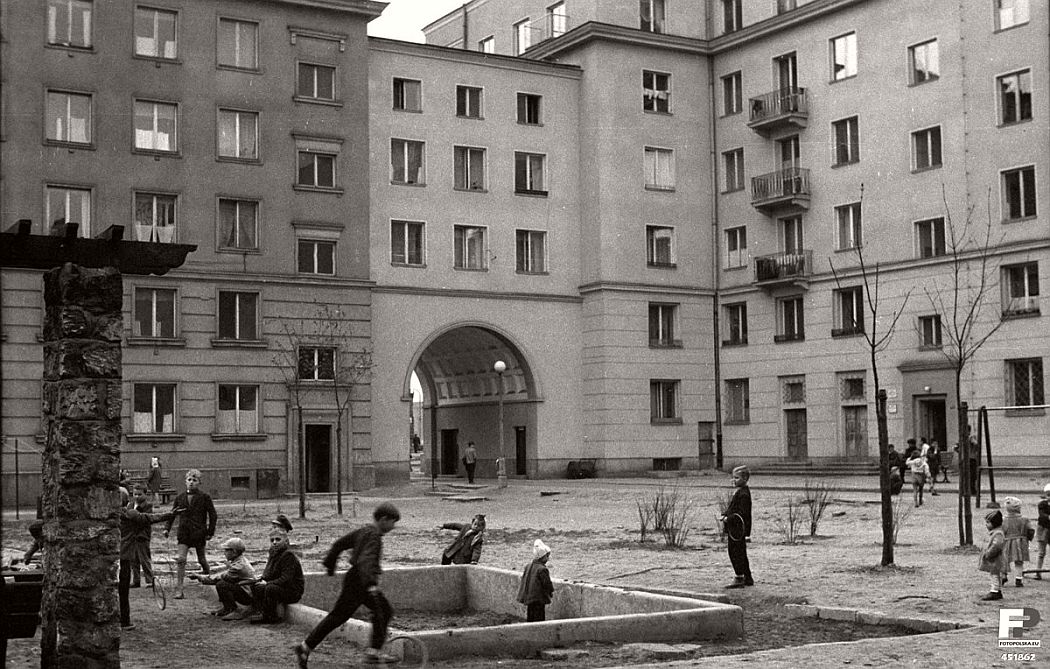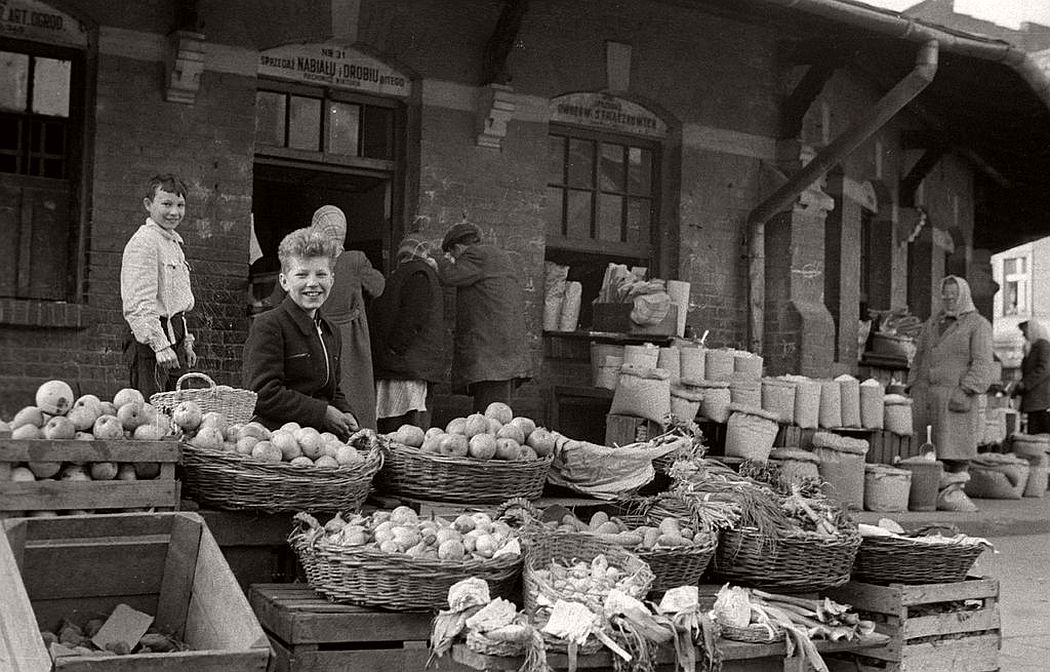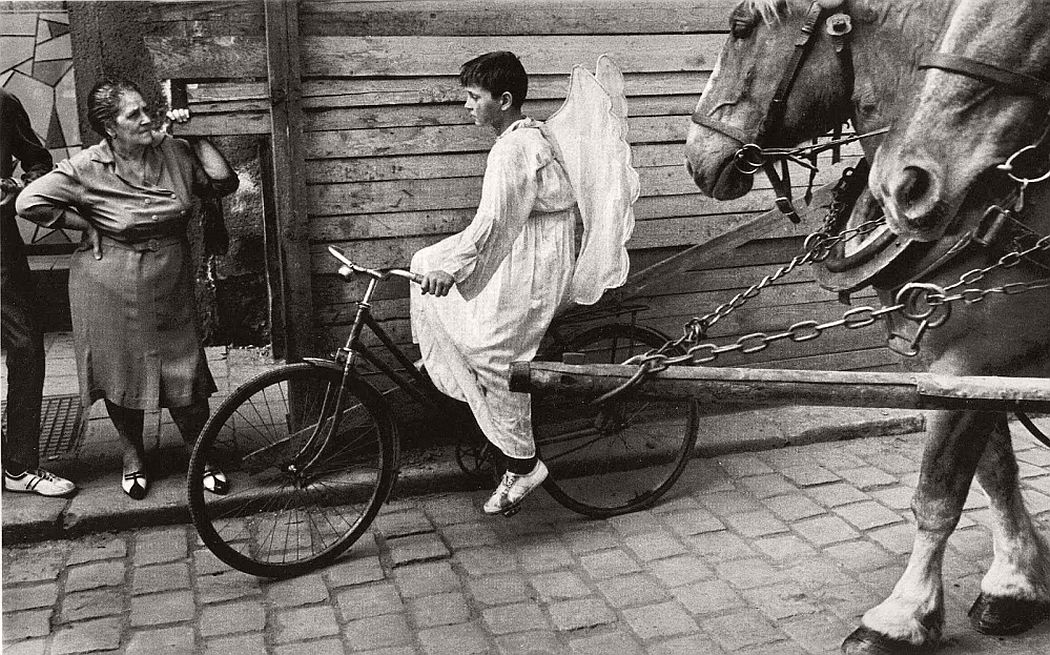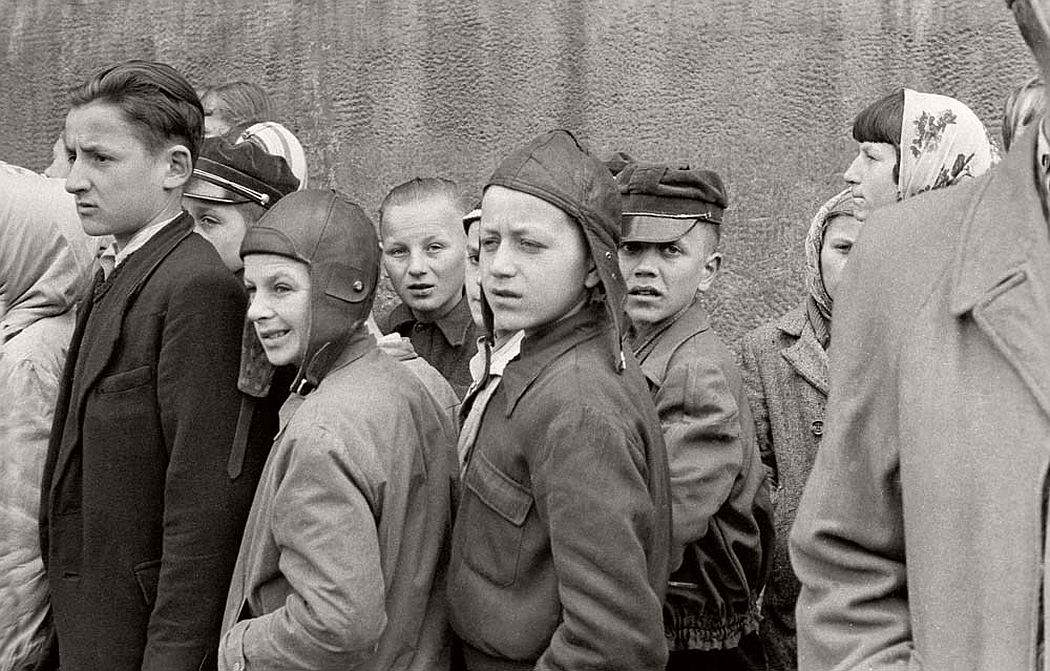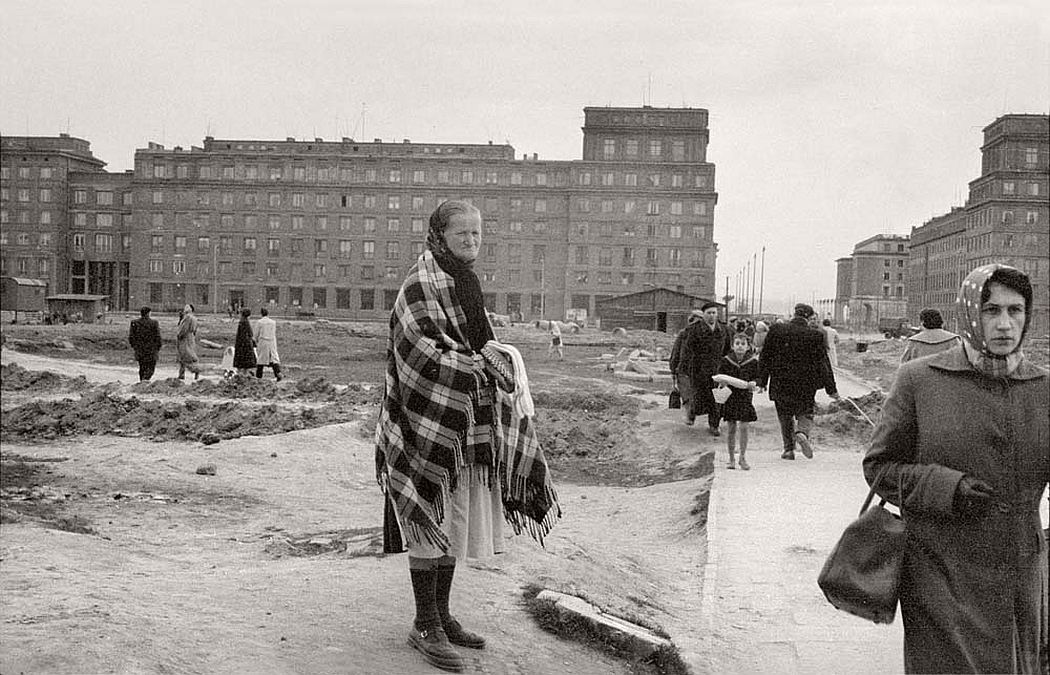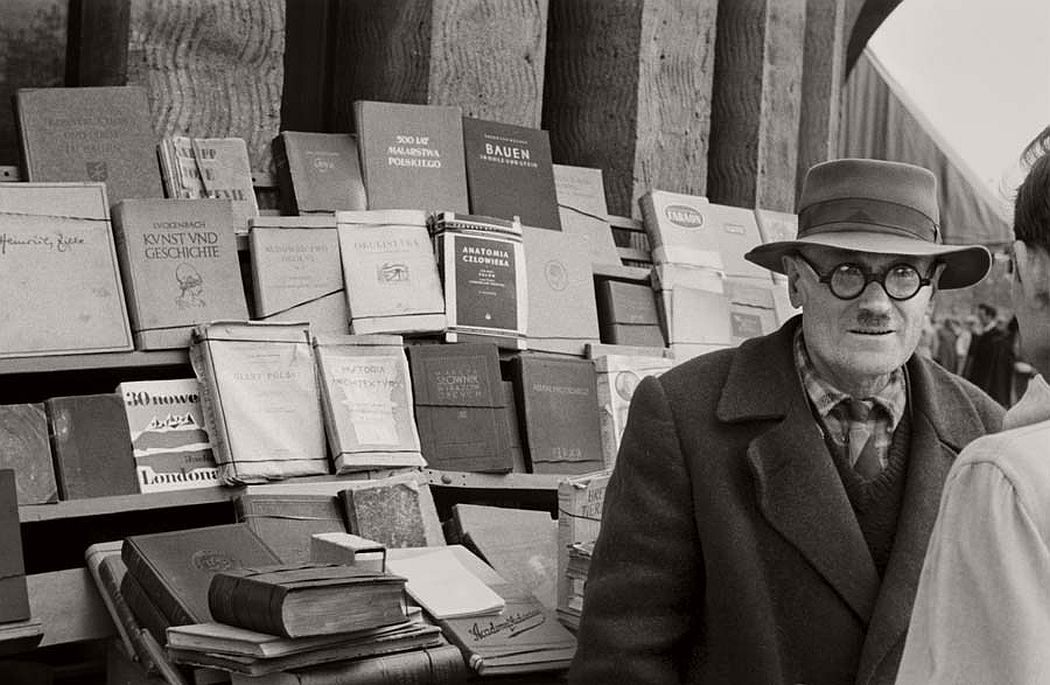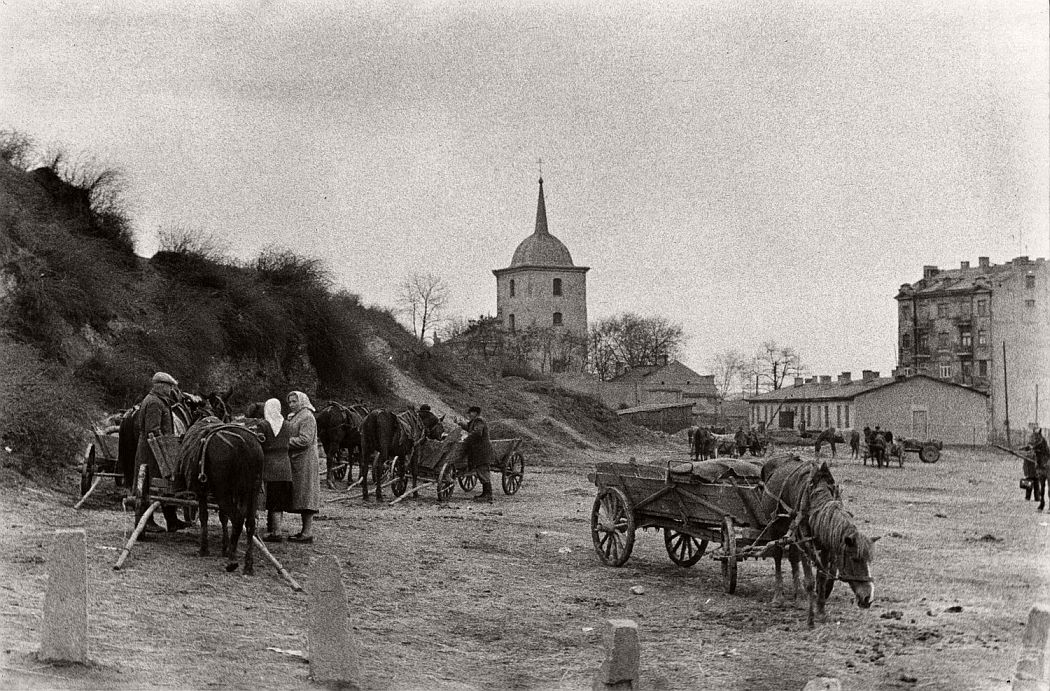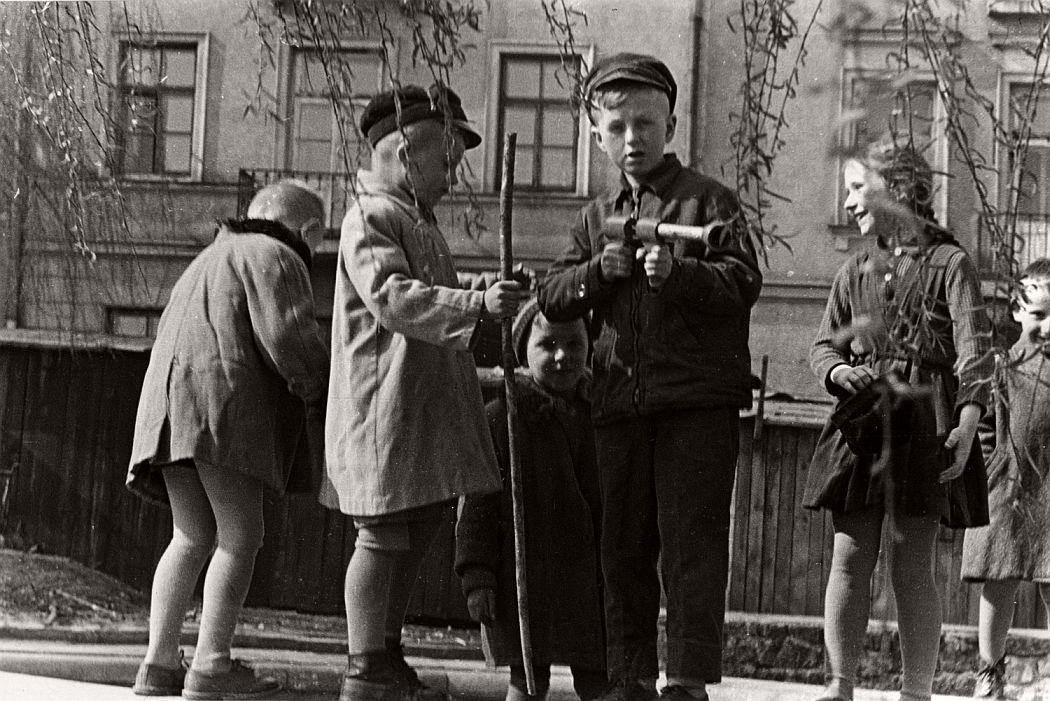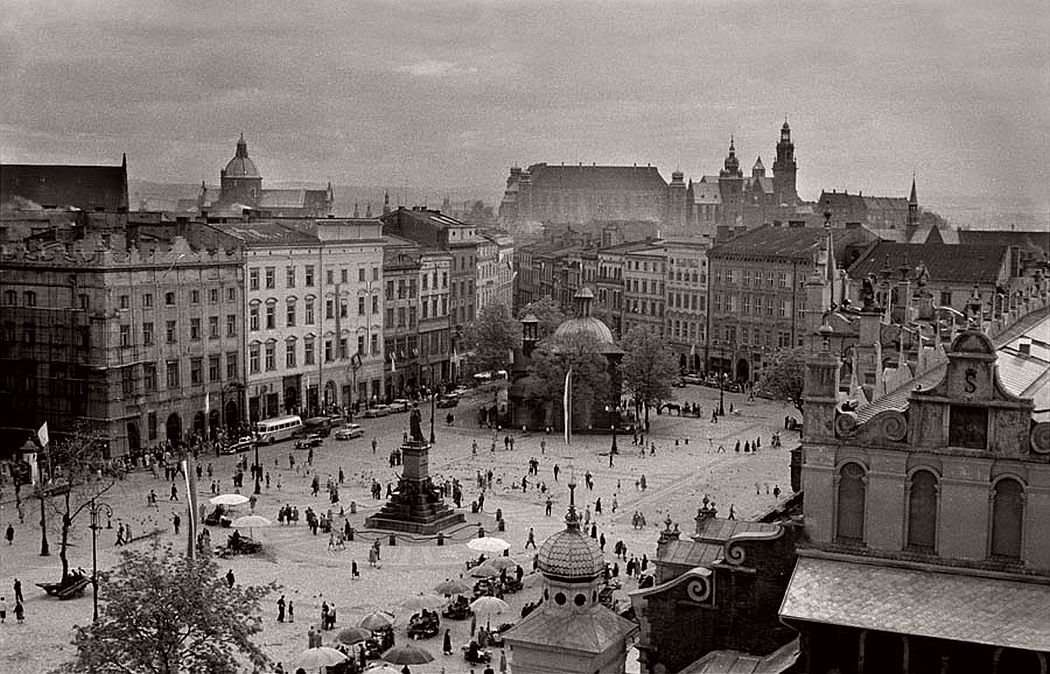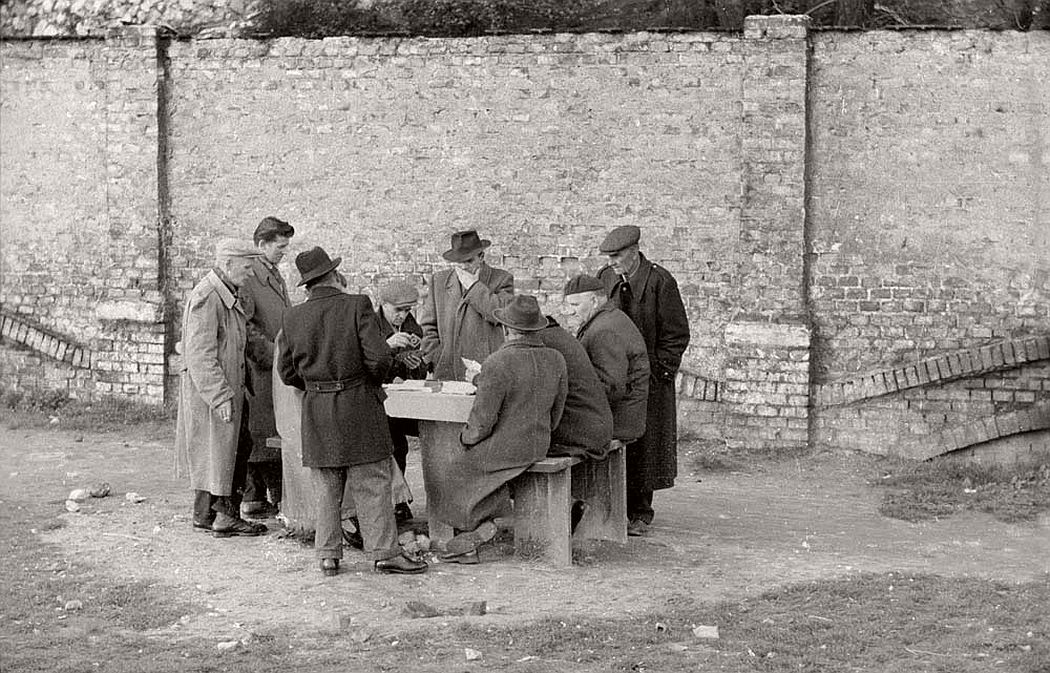In 1959, Gerald Howson was sent to Poland by The Queen magazine. He was supposed to come back to England with photographs depicting the Cold War reality. This inconspicuous Englishman who did not speak any Polish packed two Leica cameras in his backpack along with a portable darkroom. His journey began in Lublin, continued to Krakow, and ended in Warsaw.
He knew about the wartime tragedy of Poles, but he did not know the details of this tragedy. Walking the streets of Krakow, Lublin, and Warsaw, he did not make any photographic judgments. He observed, he took pictures of whatever that, in his eyes, was not “British”. After studying painting in London, Howson had phenomenal abilities, yet he used them subtly.
He did not want an overdrawn artistry to cover the task that he had to do: to immortalize the reality of the Gomułka-era Poland—depicting not in a false mirror, but showing the truth through an aesthetically sensitive lens. From this restraint, a cycle of unique photographs was born.

